Diagnosing is an art that exists in multiple fields. Auto businesses often require figuring out a problem or two. It’s particularly essential when sellers have to ensure the safety of their products before marketing them.
One thing auto businesses must perform is car engine diagnostics. It helps ensure all vehicles or spare engines up for sale are in good condition. This article will explore how retailers can perform car engine diagnostics to detect any issues.
Table of Contents
Understanding a car’s engine system
Two easy car engine problem diagnostics that anyone can do
Final words
Understanding a car’s engine system
What does the car engine do?
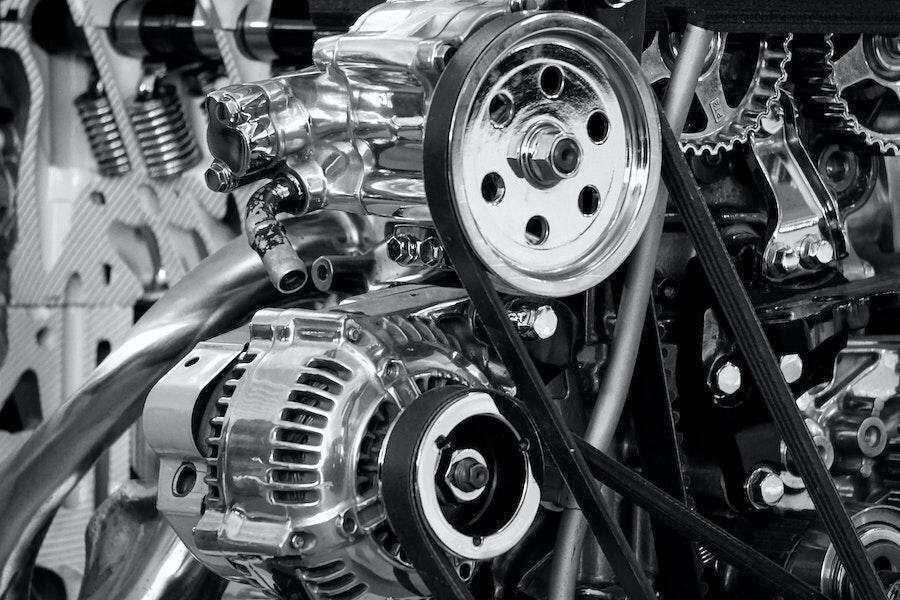
Engines are critical automobile components. They convert fuel into energy so vehicles can operate.
Internal combustion systems are at the core of any engine. They’re responsible for fuel conversion, and they can feature various parts.
Combined with other engine parts, these pieces interconnect, ensuring the combustion system works correctly. Most vehicles feature two engine types: gas turbine and diesel engines.
Different components that make up a car engine
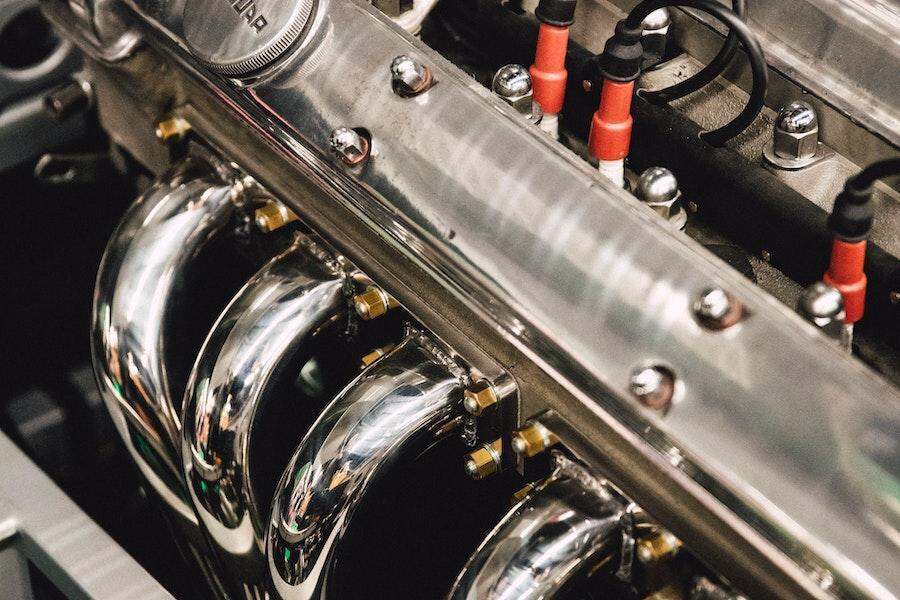
Sellers will need to check various components in an engine. Some of these parts include:
Valves
Valves are crucial engine components. Engines need two valves to operate, including an intake and exhaust valve.
Intake valves handle the flow of fuel and air into the combustion chamber. Once the conversion is complete, the resulting product passes through the engine before moving out via the exhaust valve.
Intake and exhaust valves stay closed during combustion or when igniting the engine.
Spark plugs
Spark plugs are responsible for starting the internal combustion system. They can ignite fuel and mixture to activate the engine.
Cylinders and pistons
Cylinders are even more critical than valves in an engine system. They have pistons that float inside each cylinder. Usually, cylinder engines can feature four, six, or eight cylinders. Pistons feature round shapes and can move around inside the cylinders.
Piston rings
Every vehicle provides piston rings for each cylinder and piston. These pieces act like caps that prevent air and fuel from flowing into the sump during combustion.
The sump
This component covers the crankshaft and holds some oil to ensure continuous flow.
Crankshaft
Crankshafts can help move the pistons up and down. The process is similar to wind-up toys like a jack-in-box handle.
Connecting rod
Connecting rods help attach pistons to the crankshaft. Both ends of these pieces also rotate during combustion.
The various car engine problems

Various problems can plague a car’s engine and cause issues for businesses and consumers. Retailers can employ mechanics to inspect their merchandise, or they can perform some DIY mechanics. Here are some problems sellers can look out for before making offers.
Bad lubrication
Engines need enough lubrication between their moving parts. It’s critical as improper lubrication could result in unwanted friction. Such situations could cause overheating or seize the engine.
Usually, poor lubrication is the result of other critical components failing. So, sellers must carry out thorough diagnostics.
Deposits and debris
There’s a high chance that debris will form on various engine fittings, like spark plugs, intake valves, and even combustion chambers. Sellers can inspect and check if there’s any debris lodged inside the engine’s bearings.
Leaking engine coolant
Leaking engine coolant is one of the more straightforward faults retailers can diagnose. This problem can keep engine coolants low even after topping up. Sellers can check for debris and deposits to ensure engine coolants will maintain the required operating temperature.
Aged spark plugs
Spark plug issues are particularly problematic in older engines. Since spark plugs can ignite the compressed fuel, an aged one would only create feeble ignition, preventing the engine from starting.
Blocked engine radiators
Not keeping an engine coolant free of deposits and debris could result in filling the radiator with unwanted sediments. This problem can also overheat the engine. Sellers can inspect their engine’s radiators for signs of corrosion or debris.
Defective oil pump
A failing oil pump can seriously damage an engine’s lifespan. Defective oil pumps won’t provide the necessary lubrication, leading to more complications. Sellers can check to see if the oil pump needs a replacement or tightening.
Poor fuel and air compression
Inadequate air and fuel compression could spell disaster for any engine. The most common causes of this problem include cylinders with holes, damaged valve seals, and overused piston rings.
Damaged oxygen sensors
A damaged sensor won’t perform correctly and would be bad news for any vehicle. These sensors indicate the amount of oxygen left in the exhaust and fuel in the tank. Sellers can run quick tests to determine if the sensors are working correctly or not.
Two easy car engine problem diagnostics that anyone can do
Oil pressure tests
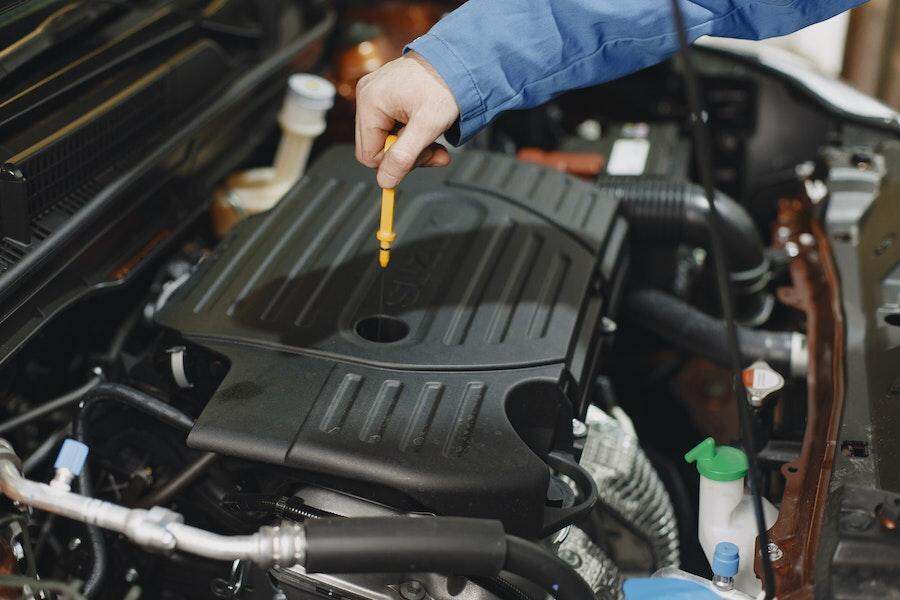
Tools needed
An engine’s oil pressure is critical to its longevity and integrity. Testing for oil pressure needs some special test tools. Luckily, they’re easy to use, and sellers can perform this test easily.
Oil pressure tests can take approximately one hour, making it quicker than most engine diagnostics. Here’s a rundown of the tools retailers need for an oil pressure test:
– Socket wrench (and a deep 1 ⅙ -inch socket)
– A wide selection of wrenches.
– Work light
– Oil pressure test kit.
– Car jack
– Wheel chock
– Jack stands
Procedure
First, lift the vehicle’s front end for better clearance (not all vehicles need this step). Then, find the engine’s oil pressure sender. It should be near the sump. Don’t forget to put a pan under the engine to catch spilling oil.
Disconnect the electrical connector from the oil pressure sender and use a socket to detach the oil pressure sender from the engine block. Ensure the socket matches the component.
Next, mount the oil pressure tester. Not sure how? Check out the instructions on the oil pressure kit for more details. Follow it up by checking the oil level and filling it up if necessary. Leave the engine idle for about five minutes. Alternatively, wait until it reaches an adequate operating temperature.
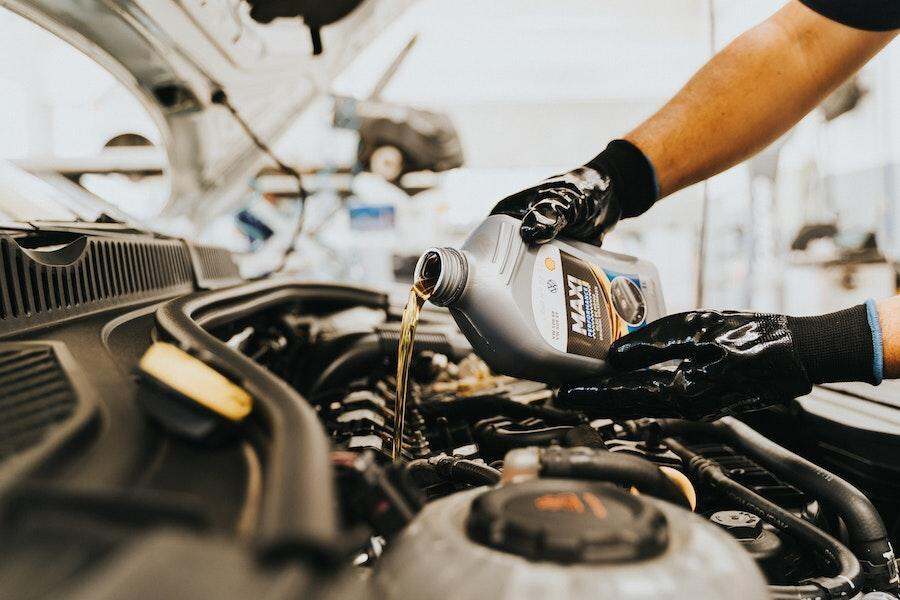
Use the car’s manual to determine the RPM required for an oil pressure test. Also, find the oil pressure range for the determined RPM using the manual.
Keep the engine at the required RPM and take the oil pressure readings. Deactivate the engine and allow it to cool before removing the oil pressure tester and reattaching the oil pressure sender. Lastly, lower the elevated vehicle and ensure the oil is at a proper level.
Vacuum tests
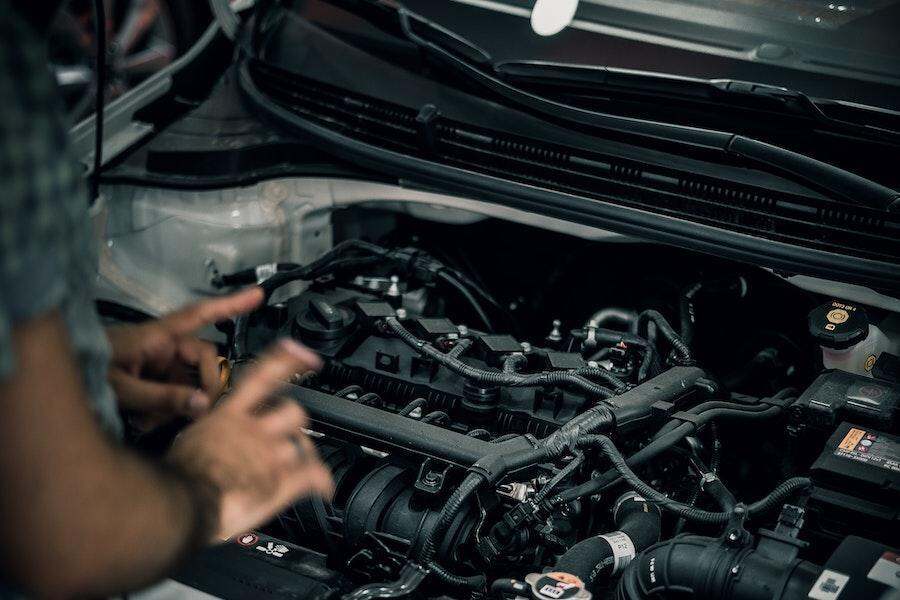
Vacuum tests are easy for the average auto business. They’re also incredibly effective for diagnosing car engines.
Sellers can use an inexpensive gauge to discover various engine problems like low compression, vacuum leaks, sticking valves, and incorrect timing.
However, retailers will need information about their engine’s specifications before performing this test.
Running vacuum tests is incredibly easy. Retailers only need to ignite the engine and let it reach the regular operating temperature. Then, connect the gauge to a vacuum port. Retailers can find this port under the carburetor’s base.
After connecting the gauge, inspect the needle. Everything would be fine if it rises steadily or goes slightly over the number indicated in the engine’s manual.
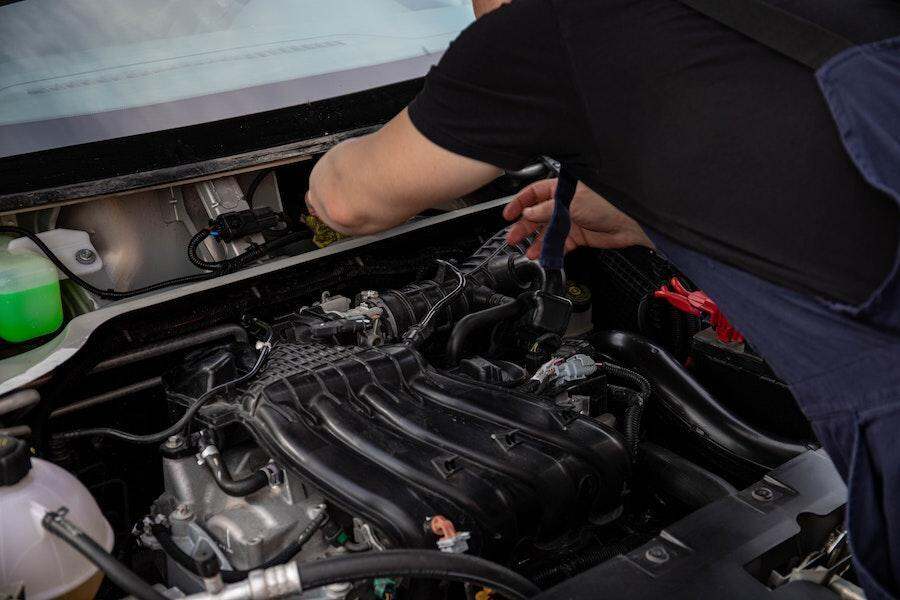
But if the needle’s movement becomes erratic, try increasing the engine’s speed to 2,000 RPM. If it normalizes, the problem could be low-speed carburetion or ignition issues. However, it may be a vacuum leak or a valvetrain problem if the needle becomes more erratic.
Alternatively, sellers can opt for the engine condition test. Start by warming up the engine and shutting off the carburetor throttle tightly. Also, tighten any air mixture screws before connecting the PCV. Then, disconnect the ignition preventing the engine from starting.
Attach the gauge and crank over the engine. If it shows a steady but low reading, it may point toward a damaged flange gasket or throttle shaft. Such readings may also indicate vacuum line leakage or a weak battery/starter.
But, if the needle pulses suddenly during the test, it could show there’s a problem affecting one or two cylinders. It may also indicate a valve-related problem, a compression issue, or an intake leak affecting one cylinder.
Final words
Engines are critical components that must always be in top condition for any vehicle. Many problems can affect a vehicle’s engine, so sellers must ensure they’re offering only the best quality.
The best way to achieve this is by performing engine diagnostics. Businesses can use these tests to ensure their vehicle and replacement engines are problem-free.



